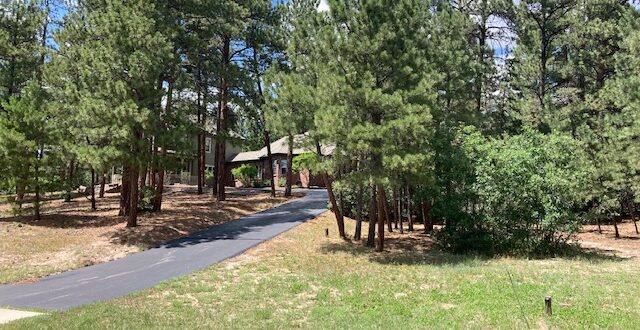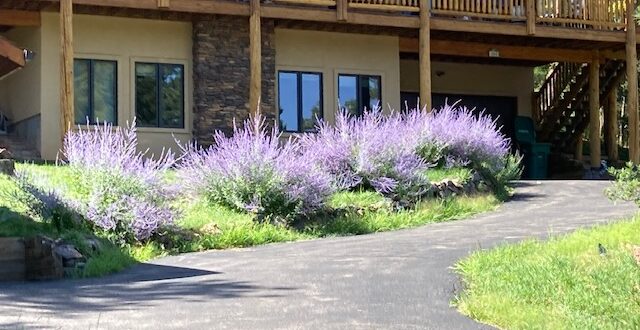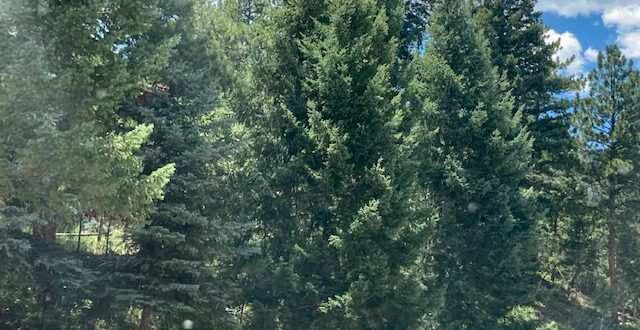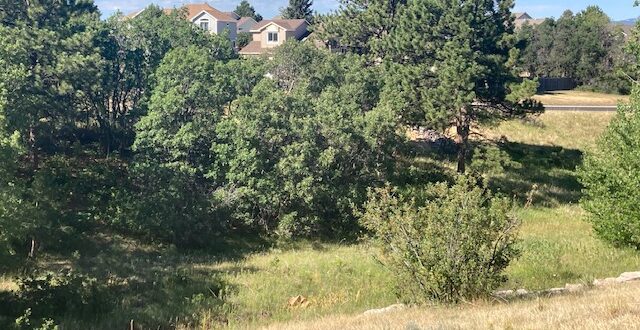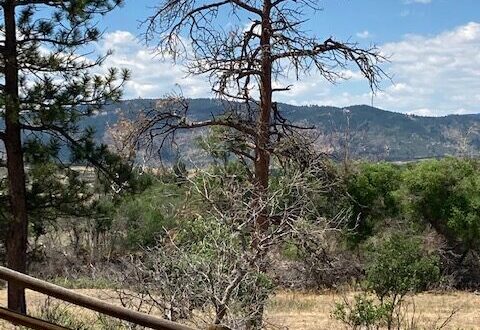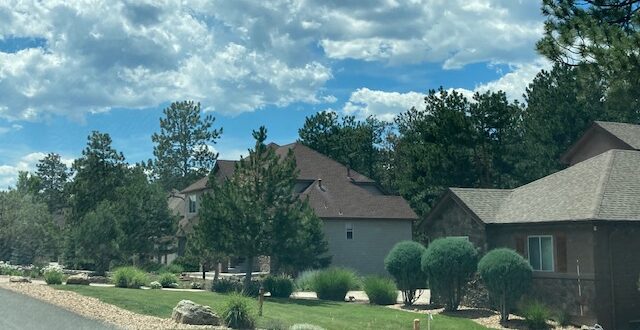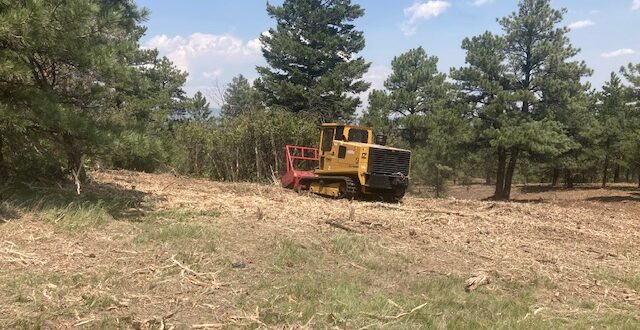Fire mitigation, Golden. Contact us now at (719)400-9104. One of the best things you can do to prevent wildfires is to help your local fire department. This doesn’t mean helping them in the action but making it easier for them to do their jobs when the fire has started. It’s important to make your property more accessible to the teams out there on the ground. Make Your Home Easy to Find It’s not usually your local volunteer firefighters working on areas around your home. It’s going to be a crew unfamiliar with the area, which means your street and address signs need to be easy to read. The smoke will become dense, so create signs that are easily visible in
(719) 400-9104
office@coloradomastication.com
Want to fire mitigate your property in Nederland? Call Colorado Mastication at (719)400-9104. While you want to protect your homes from fires, you don’t want it to look bare. You need fire-resistant plants, especially in Zone 1. No plant is fully fireproof, but there are good options to minimize the risk. It’s important to get plants that have a high moisture content. The more water a plant has, the less likely it is to die. This also helps to reduce the risk of fires spreading. So, how do you choose the best plants for the area? Vegetables Are an Excellent Option Instead of flowers, why not create a garden that is also going to be sustainable for you? Vegetable gardens
Each part of Colorado is suffering from a variety of problems. Wildfires are a concern, but pests and disease are the biggest reasons for the devastation to the forests. The Colorado State Fire Service is keeping an eye on the problems by splitting areas up in four sections. Southwest Colorado has a problem with three main health issues. By understanding more about them, it’s going to be easy to get the infestations under control to protect the wildlife. Douglas-Fir Beetle As the name suggests, the Douglas-fir beetle is a big problem for the Douglas-firs in the area. The beetles have increased in activity around the low-elevation forests, with around 3,500 acres of land affected in 2021. Drought conditions make the
While wildfires are a big concern for the whole of Colorado, they’re surprisingly not the biggest concern. There are various insects and diseases that cause the biggest problems for the health of the forests around the state. The Colorado State Fire Service has split the state into four sections. Each section has pests that are more specific and problematic to the areas. With persistence, it is possible to get a handle on them. Southeast Colorado has two specific pests that are the main concern. Western Spruce Budworm The biggest concern is the western spruce budworm, which affected around 41,678 acres of forests in the area in 2021 alone. It’s a native pest, mainly affecting the Douglas-fir, true fir, and spruce
The best way to protect the Colorado forests from pests is to split the area into four sections. There are different pests more prevalent in some areas over others. Northwest Colorado has three types of pests that the Colorado State Forest Service is keeping an eye on. The CSFS looks for ways to mitigate the issues caused by pests to minimize infestations. This is also important to prevent trees from becoming susceptible to forest fires. Douglas-Fir Beetle One of the biggest concerns in the area is the Douglas-fir beetle. This is a pest that has affected other parts of Colorado as well, but it’s affected around 3,025 acres in the northwest in 2021. The drought conditions have led to an
Contact us today for fire mitigation in Estes Park. If you live close to cities, where homes have around half an acre to five acres of space, you’re in what’s known as an “intermix” area. This is great for being close to amenities without people breathing down your neck, but there is still a risk of wildfire. The area has a lot of fuel for fires should one start. It’s important to think about the vegetation around your own home. Finding a balance between privacy and fire mitigation is important. Water Systems Become Overwhelmed During Fires One of the biggest problems is the water systems. When going about your day to day life, you won’t really think about the municipal
Lodgepole pines are not to be confused as ponderosa pines. Yes, they are both a type of pine tree, but they offer different benefits to the wildlife out there. The lodgepole pine is very common throughout the western United States and Canada. Lodgepoles grow tall and straight. The bad news for fire survival is that they have thin barks and shallow roots. This leads to them being more susceptible of death when it comes to fires spreading. And we all hear on the news about wildfires each summer. The Adaptation of Lodgepoles Over the Years All trees in the area have evolved in their own way. Lodgepoles have adapted so that they burn every 200 years or so. This helps
The Colorado State Forest Service keeps an eye on all problems related to the Colorado forests. The best way to do that is to split the forests into four sections, as there are some slightly different issues among the areas. In Northeast Colorado, there are three mean health issues for the CSFS to look out for. The biggest issues of them all are linked to pests in the area. Drought Causes Stress to Trees One of the biggest issues right now, which leads to other issues, is drought stress. The persistent drought conditions in the state have led to a decline in healthy and living trees. The CSFS has noticed that low elevation trees are among the most affected, including
Submit estimate request for fire mitigation in Cripple Creek. Phase 3 of fire mitigation isn’t just another zone on your land. This part is maintenance to ensure all the work you’ve done through the first two phases remain strong. If you do have a third zone on your property (not everyone does depending on acreage), then this phase will also cover that. If you have so much land that you have Zone 4, you’ll go into that section during this phase of fire mitigation. Why Phase 3 of Fire Mitigation Is Important You’ve just completed Phases 1 and 2 of fire mitigation. Right now, they look good, but what about in two- or three-years’ time? There will be a few
For fire mitigation in zone 1 and 2 on your property in Manitou Springs, give Colorado Mastication a call (719)400-9104. After you’ve done your fire mitigation work in Zone 1, it’s time to focus on Zone 2. You can also work on the inner parts of Zone 3. This is all part of Phase 2 of fire mitigation. This phase will also include some follow-up work in the first zone of land. However, the main focus is on the area 30 to 200 ft from your home. Thinning the Forest The first part of this phase is thinning the forests. You’ll need to create breaks in the canopy, and you’ll want to remove the trees that are more likely to
